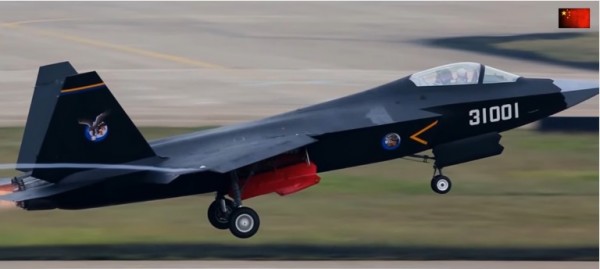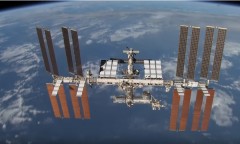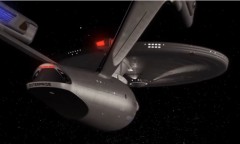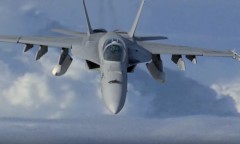By Prei Dy, | February 16, 2017

China's military tech is starting to "near parity" with the West, according to British think tank IISS. (YouTube)
China's military tech is beginning to reach "near parity" with the West, and such development suggests that western dominance in advanced weapons system "can no longer be taken for granted," according to a new report by the International Institute for Strategic Studies (IISS), a London-based think tank.
Like Us on Facebook
The report, released on Tuesday, revealed that China accounted for more than a third of the military spending in Asia in 2016. And its total defense budget reached $145 billion, which is 1.8 times higher than those of South Korea and Japan combined but still lower than the US' $604.5 billion.
Graphic: Top 15 defence budgets 2016 #MilitaryBalance | https://t.co/Aayl9znj2D pic.twitter.com/nUE3r5Avau
— IISS News (@IISS_org) February 14, 2017
"An emerging threat for deployed Western forces is that with China looking to sell more abroad, they may confront more advanced military systems, in more places, and operated by a broader range of adversaries," IISS director John Chipman said.
In terms of air power, China "appears to be reaching near-parity with the West," the IISS said, noting that Chinese-made CH-4 armed drones have been seen in Nigeria and Saudi Arabia. Moreover, China's air force has also launched "highly capable" PL-10 short-range missile that "only a handful of leading aerospace nations are able to develop" and likely has no Western equivalent. And such powerful weapon is also being offered for export, which could complicate the Western air force's operations anywhere the weapon proliferates.
The report also noted that China is also developing what looks to be the longest air-to-air missile in the world. The missile is likely a two-stage weapon with a range of 300 kilometers. It resembles the product of Russian defense producer Novator, known variously as the KS-172, K-100, and AAM-L, according to RT. As soon as this enters into service, it poses a risk for aircraft tankers and AWACS aircraft, which previously loitered safe out of range.
Meanwhile, the IISS report said that the balance of global military spending continued to pivot towards Asia, with expenditures increasing by 5 percent to 6 percent between 2012 and 2016. The overall global spending, on the other hand, dropped by 0.4 percent.
-
Use of Coronavirus Pandemic Drones Raises Privacy Concerns: Drones Spread Fear, Local Officials Say

-
Coronavirus Hampers The Delivery Of Lockheed Martin F-35 Stealth Fighters For 2020

-
Instagram Speeds Up Plans to Add Account Memorialization Feature Due to COVID-19 Deaths

-
NASA: Perseverance Plans to Bring 'Mars Rock' to Earth in 2031

-
600 Dead And 3,000 In The Hospital as Iranians Believed Drinking High-Concentrations of Alcohol Can Cure The Coronavirus

-
600 Dead And 3,000 In The Hospital as Iranians Believed Drinking High-Concentrations of Alcohol Can Cure The Coronavirus

-
COVID-19: Doctors, Nurses Use Virtual Reality to Learn New Skills in Treating Coronavirus Patients













